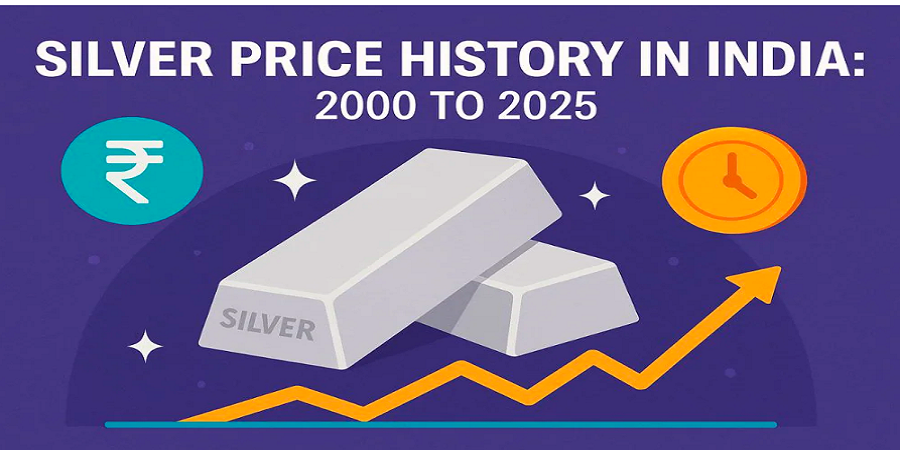Strong auroras are typically caused by enhanced solar activity, particularly from the following events:
1. Solar Flares
Solar flares are powerful bursts of radiation from the sun. When they occur, they can eject a stream of charged particles (protons and electrons) toward Earth, known as a solar wind.
- Impact: When this solar wind collides with Earth’s magnetosphere, it energizes particles in the upper atmosphere, producing bright and colorful auroras.
2. Coronal Mass Ejections (CMEs)
CMEs are massive bursts of solar wind and magnetic fields rising from the Sun’s corona.
- Impact: When a CME reaches Earth, it can significantly disturb the planet’s magnetosphere, resulting in geomagnetic storms. These storms enhance the auroral activity, making the lights more vivid and extending their reach to lower latitudes.
3. High-Speed Solar Wind Streams (HSSs)
Occasionally, high-speed streams of solar wind emerge from coronal holes—cooler, less dense regions in the Sun’s atmosphere.
- Impact: These streams interact with Earth’s magnetic field, creating stronger auroras, especially during periods of high solar activity.
Recent Strong Auroras
If you’re referring to a specific recent event, it may have been caused by a CME or a combination of a CME and HSS, leading to an intense geomagnetic storm. These storms often result in auroras visible much farther from the poles than usual, sometimes as far south as the U.S. or central Europe.









